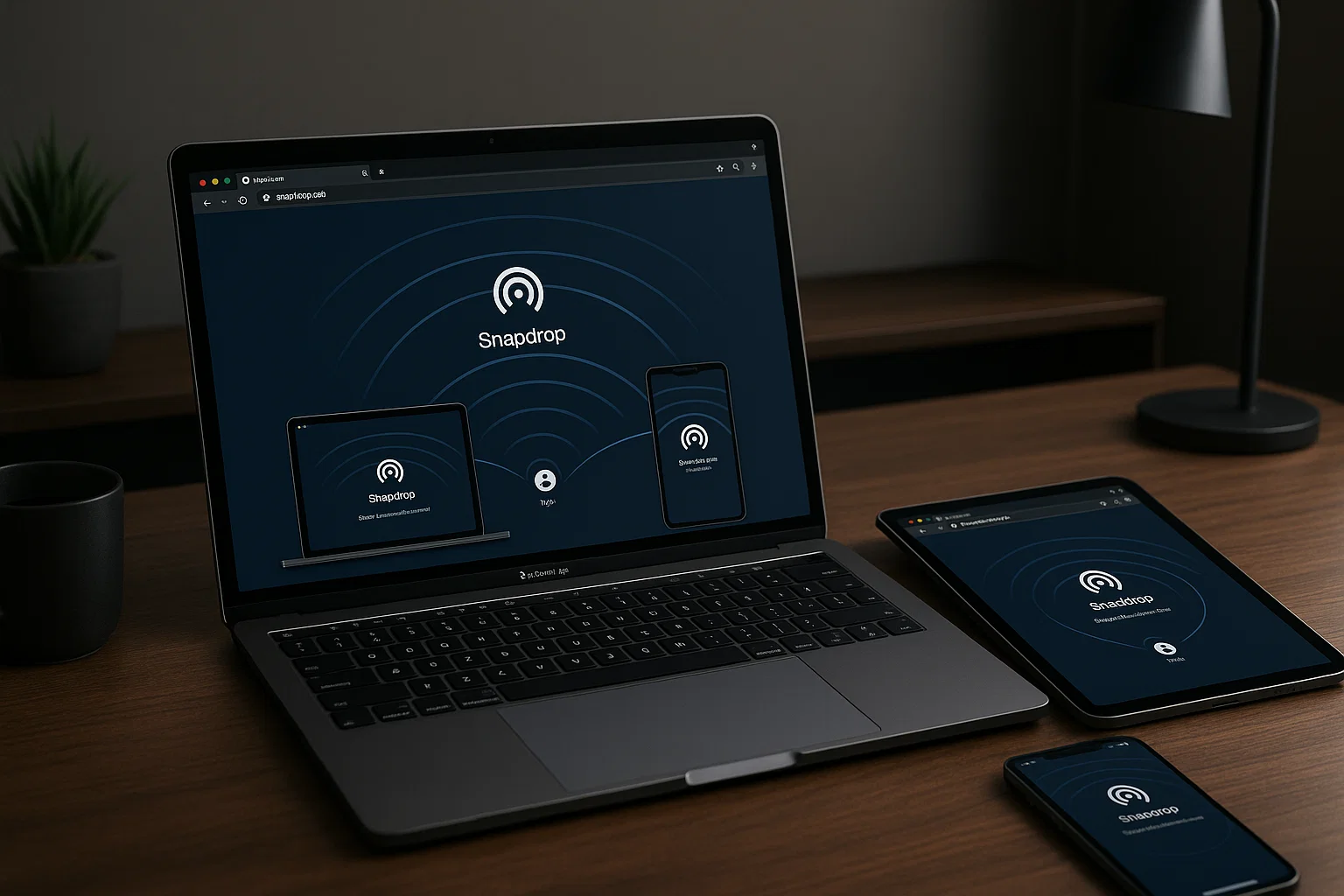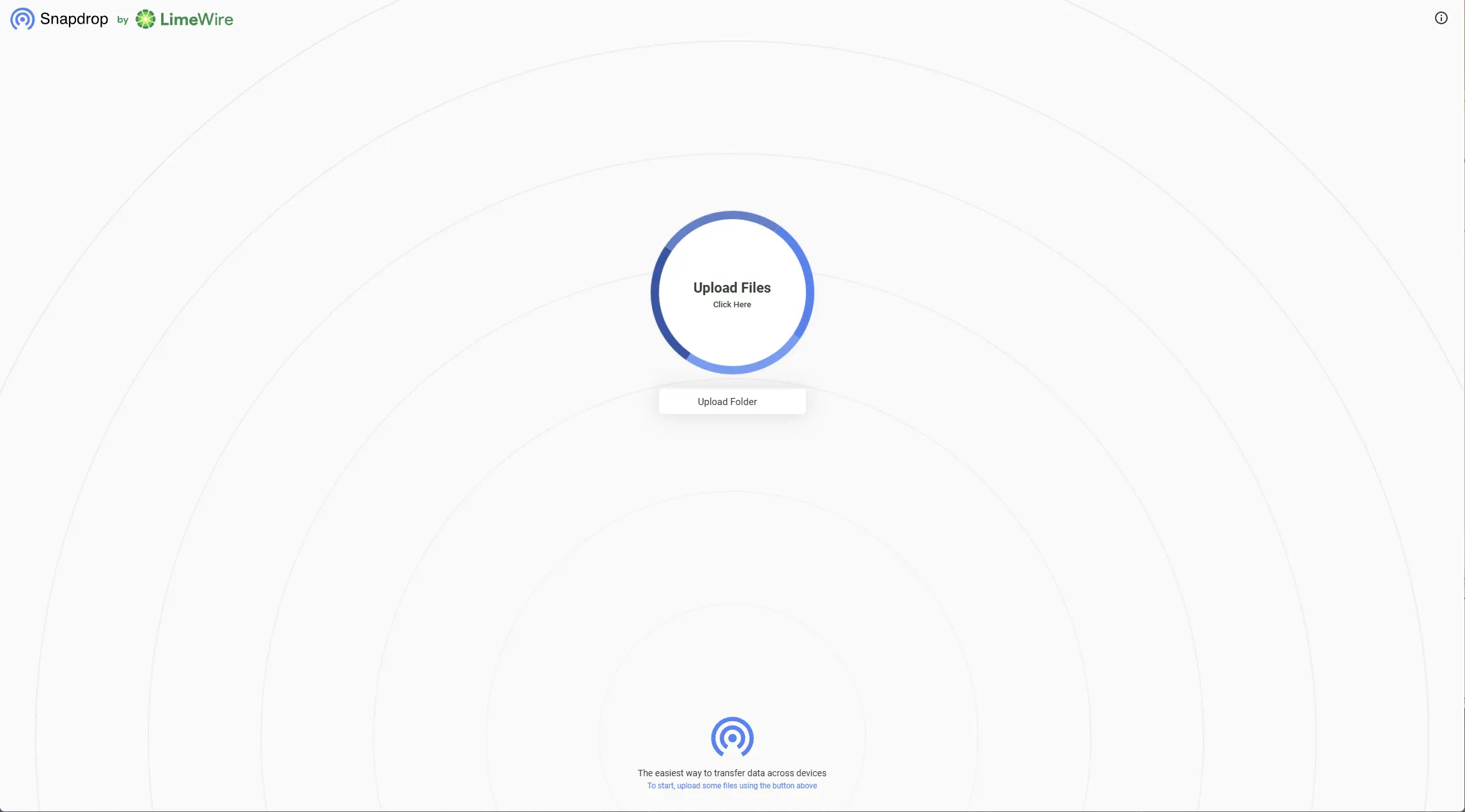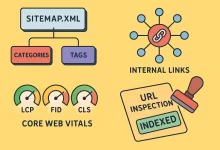How I Transformed Our File Sharing Workflow with Snapdrop
In my role as an IT engineer, I encounter daily requests for transferring large design assets, logs, and multimedia between team members. USB drives require manual handoffs, emails choke on attachments over 25 MB, and Bluetooth can take minutes for just one file. Apple’s AirDrop is convenient—if all devices are Apple—but our environment spans Windows, Linux, Android, and iOS. I needed a truly universal solution, and that’s when I discovered Snapdrop.

Background: Limitations of Traditional Methods
Before Snapdrop, our team struggled with:
- USB Drives: Risk of lost or infected devices.
- Email Attachments: Size limits and slow uploads.
- Bluetooth: Tedious pairing and slow transfer speeds.
What Is Snapdrop?
Snapdrop is an open-source, browser-based file transfer tool that mimics Apple’s AirDrop experience across any platform. Built on modern WebRTC and WebSocket protocols, it creates direct peer-to-peer connections—no installs, no accounts, zero friction.
Under the Hood: WebRTC & WebSocket
When you open snapdrop.net in your browser, Snapdrop uses WebSocket for signaling to discover peers on the same local network. Once devices identify each other, WebRTC establishes a secure, encrypted (DTLS + SDES) data channel for the file exchange, ensuring end-to-end privacy without intermediaries.
Key Features I Rely On
- Automatic Discovery: Devices on the same LAN instantly appear—no QR codes, no manual pairing.
- Cross-Platform Support: Works in Chrome, Firefox, Safari, Edge on desktop and mobile.
- Anonymous Transfers: No login required; files are shared peer-to-peer only.
- PWA Install: Add Snapdrop to your home screen for one-tap access like a native app.
- End-to-End Encryption: All transfers use DTLS and SDES over WebRTC, so data never moves through third-party servers.

Quick Start Guide
Using the Public Service
Navigate to snapdrop.net on any device in your Wi-Fi network. Drag-and-drop files or folders, and recipients click “Save” or “Save All” as needed.
Self-Hosting for Enterprise
To comply with our security policies, I deployed Snapdrop on our internal servers:
git clone https://github.com/Snapdrop/Snapdrop.git cd Snapdrop npm install npm start
Or with Docker:
docker run -d \ --name=snapdrop \ -p 80:80 -p 443:443 \ -v /srv/snapdrop/config:/config \ lscr.io/linuxserver/snapdrop
Practical Use Cases
- Design Teams: Share Photoshop and CAD files without compression loss.
- Meetings: Instantly distribute presentation decks and recordings.
- Classrooms & Labs: Exchange code snippets and datasets offline.
- Field Work: Transfer diagnostic logs between laptops and tablets without Internet.
Security & Performance
Snapdrop’s peer-to-peer architecture maximizes LAN throughput—on gigabit networks, transfers exceed 100 MB/s in my tests. Since there’s no intermediary server, files remain private and encrypted from end to end.
Conclusion
Implementing Snapdrop has eliminated our file transfer bottlenecks. It offers AirDrop convenience across all operating systems, enterprise-grade security, and zero administrative overhead. If you need a reliable, open-source solution for quick LAN file sharing, Snapdrop is the answer.
Image Prompts
- “A vibrant illustration showing multiple devices—smartphone, tablet, laptop—seamlessly exchanging files over a local Wi-Fi network using a web browser interface.”
- “An infographic outlining Snapdrop’s features: zero-install, automatic discovery, end-to-end encryption, PWA support, and cross-platform compatibility.”

 FoxDoo Technology
FoxDoo Technology







